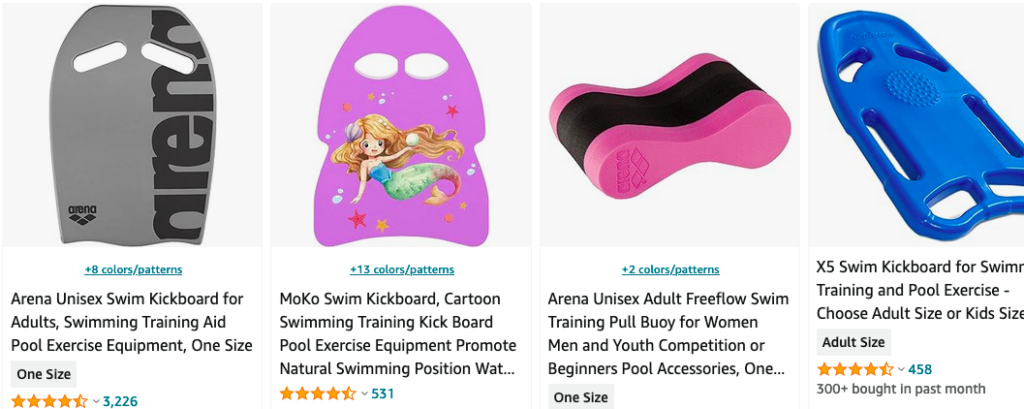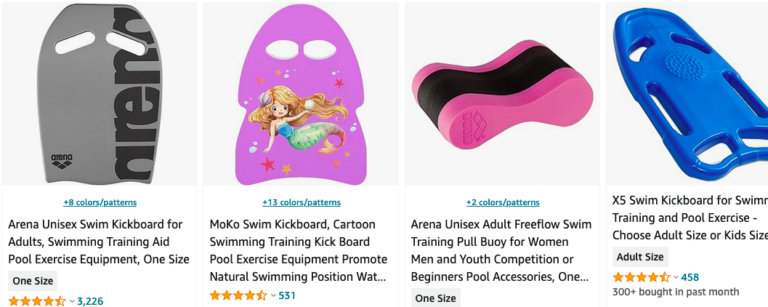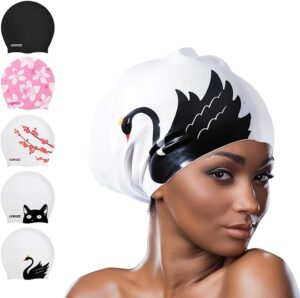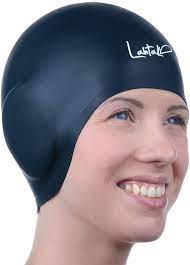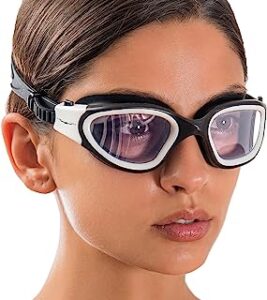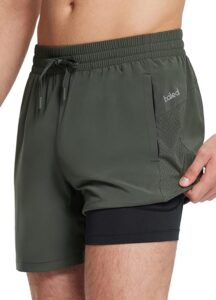Types of Swimming Equipment and the Best Age for Swimming Training
Swimming is a fantastic sport that offers numerous physical and mental health benefits. Whether you’re a beginner or an experienced swimmer, having the right equipment can enhance your performance and make your swimming experience more enjoyable. In this guide, we’ll explore the different types of swimming equipment available and discuss the most effective age for swimming training.
Swimming Equipment
Swimsuits: Choose a swimsuit that is comfortable and provides a good fit. Competitive swimmers often opt for high-performance suits made from materials that reduce drag in the water.
Goggles: A good pair of swimming goggles is essential for protecting your eyes from chlorine and improving underwater visibility. Look for goggles with a comfortable fit, anti-fog lenses, and UV protection.
Swim Caps: Swim caps help reduce drag and keep your hair out of your face while swimming. They are available in various materials, including silicone, latex, and lycra.
Kickboards: Kickboards are flotation devices used for kicking exercises. They help improve leg strength and swimming technique by isolating the lower body.
Pull Buoys: Pull buoys are placed between the legs to keep them afloat while you focus on arm strokes. They help develop upper body strength and improve stroke efficiency.
Fins: Swimming fins are worn on the feet to increase propulsion and speed in the water. They also help strengthen leg muscles and improve ankle flexibility.
Hand Paddles: Hand paddles increase water resistance, making your arms work harder during strokes. They are great for building upper body strength and improving stroke technique.
Earplugs and Nose Clips: Earplugs prevent water from entering your ears, reducing the risk of ear infections. Nose clips keep water out of your nose, making it easier to breathe while swimming.
Swim Snorkels: Swim snorkels allow you to breathe without turning your head, helping you maintain proper body alignment and focus on your stroke technique.
Waterproof MP3 Players: For those who enjoy music while swimming, waterproof MP3 players are a great way to stay motivated and entertained during long swim sessions.
Best Age for Swimming Training
Swimming can be learned at any age, but starting early has its advantages. Here are some key points to consider:
Early Childhood (Ages 1-4): While formal swimming lessons are not recommended for infants, introducing children to water through supervised play can help them become comfortable and confident in the water.
Preschool Age (Ages 4-5): This is an ideal age to begin formal swimming lessons. Children at this age are developmentally ready to follow instructions and learn basic swimming skills.
School Age (Ages 6-12): Children in this age group can learn more advanced swimming techniques and start participating in swim competitions if they are interested.
Teenagers and Adults: It’s never too late to learn how to swim. While learning may take longer as you get older, with patience and practice, anyone can become a proficient swimmer.
Conclusion
Swimming is a versatile sport that caters to individuals of all ages and skill levels. By investing in the right swimming equipment, you can enhance your performance, stay safe, and enjoy your time in the water. When it comes to swimming training, starting at a young age is beneficial, but it’s important to remember that it’s never too late to learn. Whether you’re a child or an adult, swimming can provide a lifetime of health benefits and enjoyment.
FAQ
Trends
Contents
- 1 FAQ
- 1.1 ${question.name}
- 1.2 Trends
- 1.2.1 Dive Comfortably: Choosing the Best Swim Cap for Long Hair
- 1.2.2 Dive in Style: Swim Caps
- 1.2.3 See Clearly, Swim Confidently: Swim Goggles
- 1.2.4 Dive into Style: Men’s Swim Trunks
- 1.2.5 Choosing the Perfect Towel for Your Swimming Pool Adventures: A Comprehensive Guide
- 1.2.6 What to Pack for a Day of Fun in the Water
- 1.2.7 Best type of swimwear for men
- 1.2.8 Must-Have Accessories to Elevate Your Indoor Poolside Look
- 1.2.9 Must-Have Accessories to Elevate Your Outdoor Poolside Look

